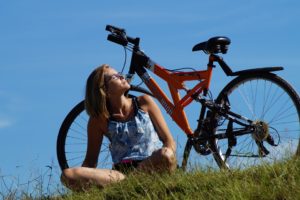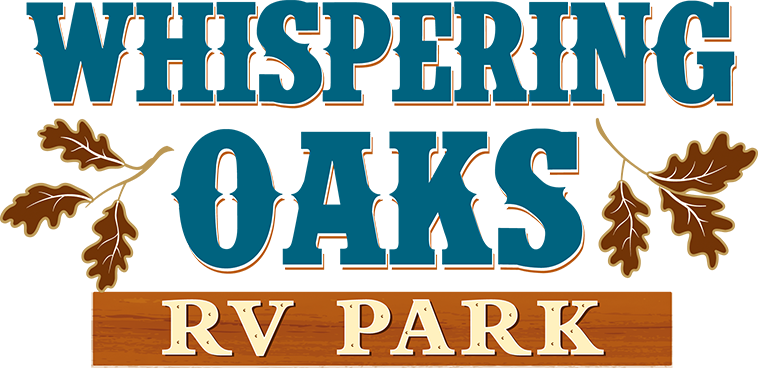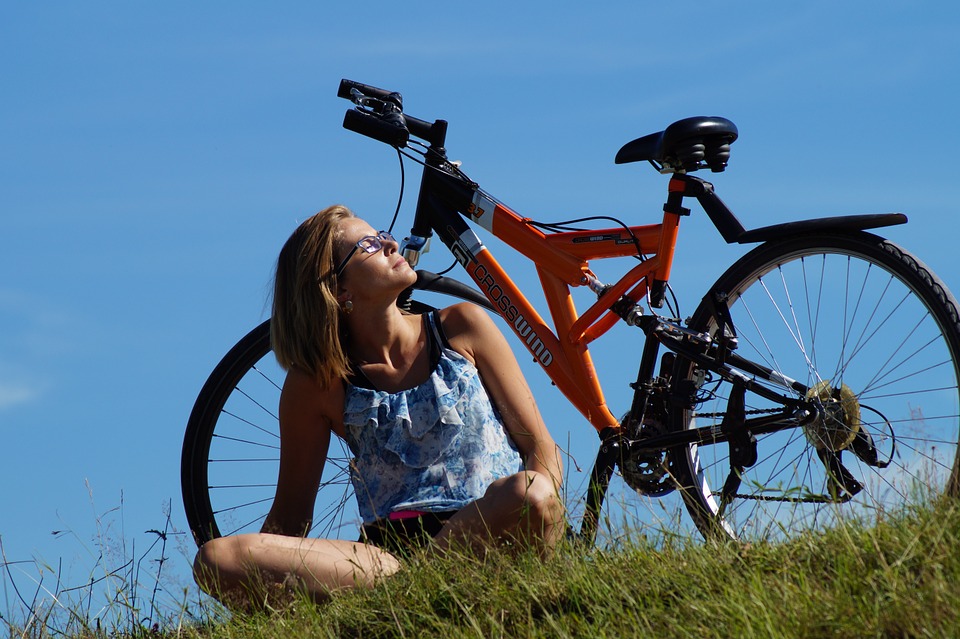 Heat stroke and heat exhaustion are not the same thing, but do you know the difference? This is something that is important for everyone to understand as well as to know how to properly deal with it.
Heat stroke and heat exhaustion are not the same thing, but do you know the difference? This is something that is important for everyone to understand as well as to know how to properly deal with it.
Heat Exhaustion
When someone is not properly hydrated, heat exhaustion is what will occur. The most common symptoms of heat exhaustion include dehydration, fatigue, clammy skin, weakness, nausea and/or vomiting, headaches and irritability. The way to treat heat stroke would be to first get the affected person indoors or in the shade immediately. Secondly, encourage them to drink and then a bit later eat, you should also make sure to loosen any tight clothing. Remember the if left untreated, heat exhaustion can very quickly escalate into heat stroke.
Heat Stroke
The most severe form of heat illness is heat stroke, it is in fact a life-threatening medical emergency. When someone suffers from heat stroke, the body loses its ability to regulate its own temperature. In cases like this, the body´s temperature could elevate to 106 degrees or even higher, if not treated immediately, this can lead to brain damage and even death.
Symptoms of heat stroke can include a temperature of 105 or higher, skin that is hot, flushed, and dry with no sweating, severe, throbbing headache, seizure, weakness, confusion, or dizziness, decreased responsiveness and loss of consciousness. The way to treat heat stroke is to first get the person inside immediately, undress them and sponge them down all over their body with cool, not cold water. With a heat stroke, never give them fluids and immediately call for emergency assistance. When it comes to heat stroke, prompt medical treatment is required.
The best way to avoid heat exhaustion and heat stroke is to keep yourself well hydrated, dress in loose and light-colored clothing when out in the heat, and limit the amount of time you spend outdoors on hot days.

